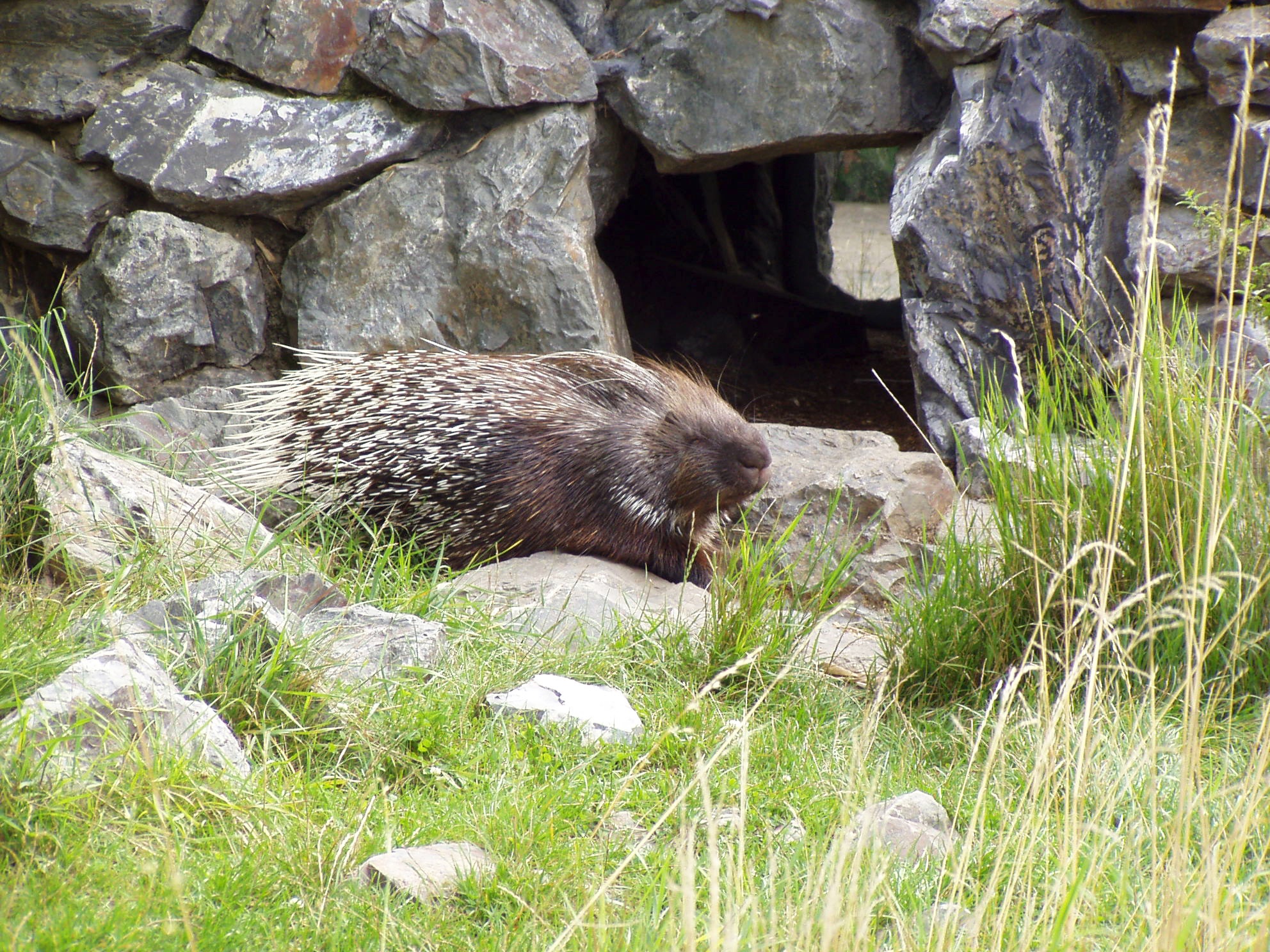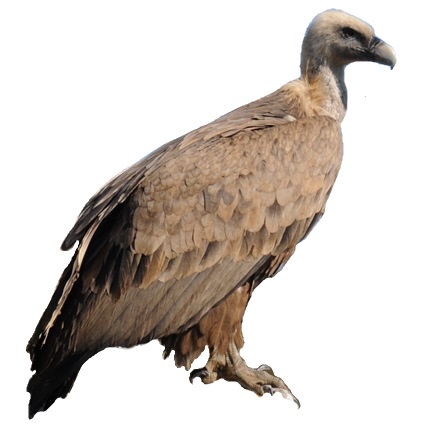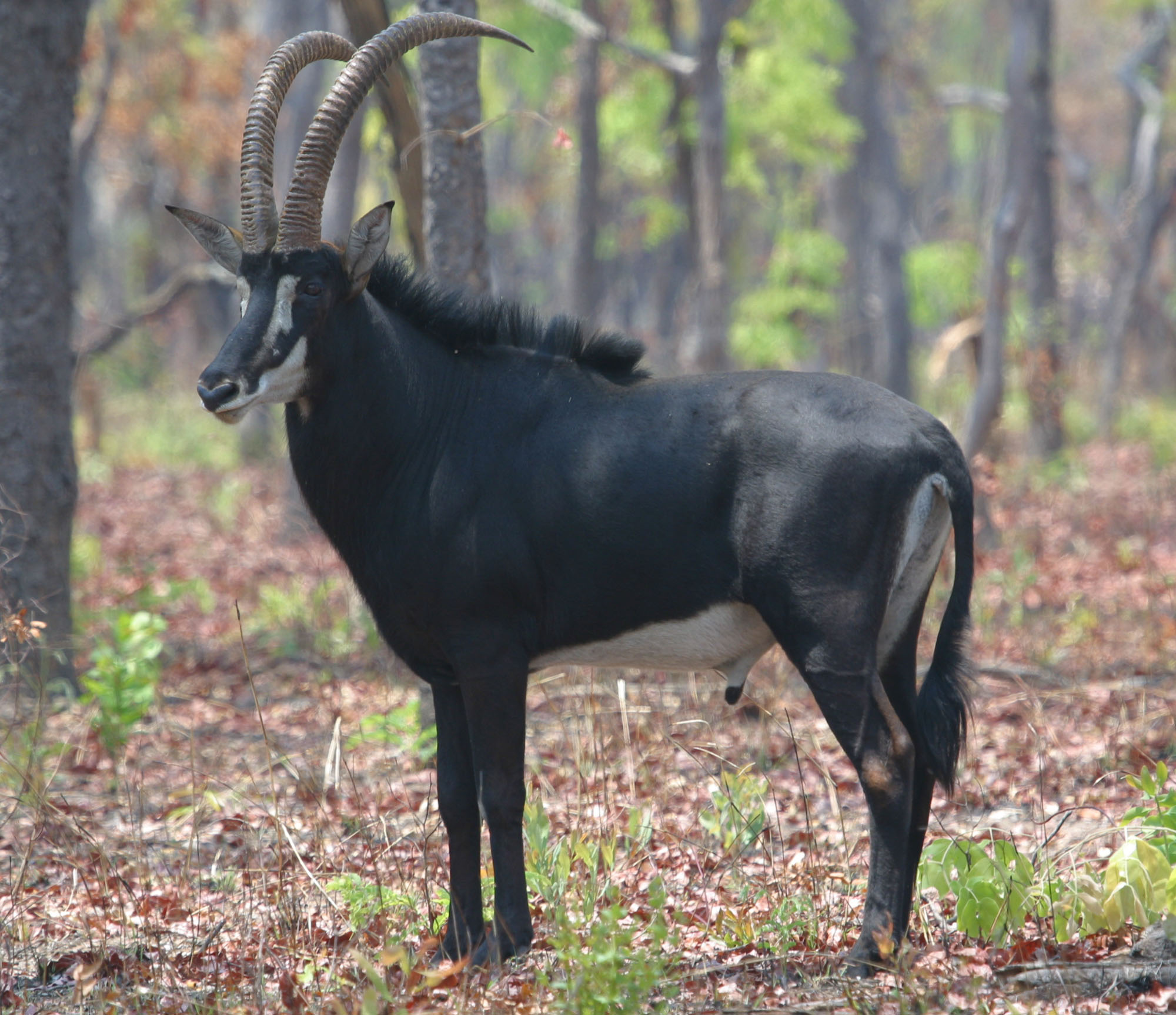|
إپأ³dإ؛ Zoo
The إپأ³dإ؛ Zoo (Polish: ''Miejski Ogrأ³d Zoologiczny w إپodzi'') is a zoological garden in the city of إپأ³dإ؛, إپأ³dإ؛ Voivodeship in Poland. Established in 1938, it covers the area of 16,64 hectares in the district of Polesie and is home to 3,350 animals representing 554 species, including endangered Asiatic lions. The zoo is the only zoological garden in Poland to feature such animals as giant otters, Sumatran orangutans, false gharials, and bush dogs. The zoo is a member of the European Association of Zoos and Aquaria, the World Association of Zoos and Aquariums and is also part of the International Species Information System. History The zoo was opened in 1938 in the Polesie district and covered the area of 8,9 hectares. In 1939, the zoo was in possession of 50 animals such as deer, roe deer, fallow deer, ducks and sheep. The zoo emerged relatively unscathed after the Second World War and in 1945, many animals from other zoological gardens, most notably from the Wrocإ‚a ... [...More Info...] [...Related Items...] OR: [Wikipedia] [Google] [Baidu] |
إپأ³dإ؛
إپأ³dإ؛ is a city in central Poland and a former industrial centre. It is the capital of إپأ³dإ؛ Voivodeship, and is located south-west of Warsaw. إپأ³dإ؛ has a population of 655,279, making it the country's List of cities and towns in Poland, fourth largest city. إپأ³dإ؛ first appears in records in the 14th century. It was granted city rights, town rights in 1423 by the Polish King Wإ‚adysإ‚aw II Jagieإ‚إ‚o and it remained a private town of the Kuyavian bishops and clergy until the late 18th century. In the Second Partition of Poland in 1793, إپأ³dإ؛ was annexed to Kingdom of Prussia, Prussia before becoming part of the Napoleonic Duchy of Warsaw; the city joined Congress Poland, a Russian Empire, Russian client state, at the 1815 Congress of Vienna. The Second Industrial Revolution (from 1850) brought rapid growth in textile manufacturing and in population owing to the inflow of migrants, a sizable part of which were Jews and Germans. Ever since the industrialization of the ... [...More Info...] [...Related Items...] OR: [Wikipedia] [Google] [Baidu] |
Ducks
Duck is the common name for numerous species of waterfowl in the family (biology), family Anatidae. Ducks are generally smaller and shorter-necked than swans and goose, geese, which are members of the same family. Divided among several subfamilies, they are a form taxon; they do not represent a monophyletic group (the group of all descendants of a single common ancestral species), since swans and geese are not considered ducks. Ducks are mostly aquatic birds, and may be found in both fresh water and sea water. Ducks are sometimes confused with several types of unrelated water birds with similar forms, such as loons or divers, grebes, gallinules and coots. Etymology The word ''duck'' comes from Old English 'diver', a derivative of the verb 'to duck, bend down low as if to get under something, or dive', because of the way many species in the dabbling duck group feed by upending; compare with Dutch language, Dutch and German language, German 'to dive'. This word replaced ... [...More Info...] [...Related Items...] OR: [Wikipedia] [Google] [Baidu] |
Indian Crested Porcupine
The Indian crested porcupine (''Hystrix indica'') is a hystricomorph rodent species native to southern Asia and the Middle East. It is listed as Least Concern on the IUCN Red List. It belongs to the Old World porcupine family, Hystricidae. Description The Indian crested porcupine is a large rodent, weighing . The body (from nose to base of the tail) measures between with the tail adding an additional . The lifespan of Indian crested porcupines in the wild is unknown, however, the oldest known Indian crested porcupine in captivity was female; and lived up to be 27.1 years old. It is covered in multiple layers of modified hair called quills, with longer, thinner quills covering a layer of shorter, thicker ones. The quills are brown or black with alternating white and black bands. They are made of keratin and are relatively flexible. Each quill is connected to a muscle at its base, allowing the porcupine to raise its quills when it feels threatened. The longest quills are locat ... [...More Info...] [...Related Items...] OR: [Wikipedia] [Google] [Baidu] |
Ring-tailed Mongoose
The ring-tailed vontsira (''Galidia elegans''), locally still known as the ring-tailed mongoose, is a euplerid in the subfamily Galidiinae, a carnivoran native to Madagascar. It is the only species in the genus ''Galidia''. Classification and etymology There is much disagreement about the placement of Madagascar's carnivores, including the ring-tailed vontsira, within the phylogenetic tree. A 2003 study reported evidence that the Malagasy Carnivora evolved from a single herpestid ancestor. A monotypic genus, ''Galidia'' literally means "little weasel", being a diminutive form of (, "weasel" in ancient Greek). Its local common name In biology, a common name of a taxon or organism (also known as a vernacular name, English name, colloquial name, country name, popular name, or farmer's name) is a name that is based on the normal language of everyday life; and is often con ... is ''vontsira mena'', â€کred '' vontsira''’ in Malagasy. Description The ring-tailed ... [...More Info...] [...Related Items...] OR: [Wikipedia] [Google] [Baidu] |
Binturong
The binturong (''Arctictis binturong'') (, ), also known as the bearcat, is a viverridae, viverrid native to South Asia, South and Southeast Asia. It is uncommon in much of its range, and has been assessed as Vulnerable species, Vulnerable on the IUCN Red List because of a declining population. It is estimated to have declined at least 30% since the mid-1980s. The binturong is the only species in the genus ''Arctictis''. Etymology "Binturong" is its common name in Borneo, and is related to the Western Malayo-Polynesian languages, Malayo-Polynesian root "ma-tuRun". In Riau, it is called "benturong" and "tenturun". The scientific name ''Arctictis'' means 'bear-weasel', from the Greek '':wikt:ل¼„دپخ؛د„خ؟د‚, arkt-'' "bear" + '':wikt:ل¼´خ؛د„خ¹د‚, iktis'' "weasel". Taxonomy ''Viverra binturong'' was the scientific name proposed by Thomas Stamford Raffles in 1822 for a specimen from Malacca. The generic name ''Arctictis'' was proposed by Coenraad Jacob Temminck in 1824. ''Arctictis'' ... [...More Info...] [...Related Items...] OR: [Wikipedia] [Google] [Baidu] |
Butterfly
Butterflies are winged insects from the lepidopteran superfamily Papilionoidea, characterized by large, often brightly coloured wings that often fold together when at rest, and a conspicuous, fluttering flight. The oldest butterfly fossils have been dated to the Paleocene, about 56 million years ago, though molecular evidence suggests that they likely originated in the Cretaceous. Butterflies have a four-stage life cycle, and like other holometabolous insects they undergo complete metamorphosis. Winged adults lay eggs on the food plant on which their larvae, known as caterpillars, will feed. The caterpillars grow, sometimes very rapidly, and when fully developed, pupate in a chrysalis. When metamorphosis is complete, the pupal skin splits, the adult insect climbs out, expands its wings to dry, and flies off. Some butterflies, especially in the tropics, have several generations in a year, while others have a single generation, and a few in cold locations may take s ... [...More Info...] [...Related Items...] OR: [Wikipedia] [Google] [Baidu] |
Birds Of Prey
Birds of prey or predatory birds, also known as (although not the same as) raptors, are hypercarnivorous bird species that actively predation, hunt and feed on other vertebrates (mainly mammals, reptiles and smaller birds). In addition to speed and strength, these predators have bird vision, keen eyesight for detecting prey from a distance or during flight, strong feet with sharp talon (anatomy), talons for grasping or killing prey, and powerful, curved beaks for tearing off flesh. Although predatory birds primarily hunt live prey, many species (such as fish eagles, vultures and condors) also scavenge and eat carrion. Although the term "bird of prey" could theoretically be taken to include all birds that actively hunt and eat other animals, ornithologists typically use the narrower definition followed in this page, excluding many piscivorous predators such as storks, Crane (bird), cranes, herons, gulls, skuas, penguins, and kingfishers, as well as many primarily insectivorous bir ... [...More Info...] [...Related Items...] OR: [Wikipedia] [Google] [Baidu] |
Aviary
An aviary is a large enclosure for confining birds, although bats may also be considered for display. Unlike birdcages, aviaries allow birds a larger living space where Bird flight, they can fly; hence, aviaries are also sometimes known as flight cages in the United Kingdom. Aviaries often contain plants and shrubbery to simulate a natural environment. Various types of aviary Large aviaries are often found in the setting of a zoo, zoological garden (for example, the London Zoo, the National Zoological Park (United States), National Zoo in Washington, D.C., and the San Diego Zoo). Walk-in aviaries also exist in bird parks, including the spacious Bird Paradise in Singapore, or the smaller Edward Youde Aviary in Hong Kong. Pittsburgh, Pennsylvania, Pittsburgh is home to the USA's National Aviary, perhaps the most prominent example in North America of an aviary not set inside a zoo. However, the oldest public aviary not set inside a zoo in North America, the Hamilton Aviary is locat ... [...More Info...] [...Related Items...] OR: [Wikipedia] [Google] [Baidu] |
Antelope
The term antelope refers to numerous extant or recently extinct species of the ruminant artiodactyl family Bovidae that are indigenous to most of Africa, India, the Middle East, Central Asia, and a small area of Eastern Europe. Antelopes do not form a monophyletic group, as some antelopes are more closely related to other bovid groups, such as bovines, goats, and sheep, than to other antelopes. A stricter grouping, known as the true antelopes, includes only the genera '' Gazella'', '' Nanger'', '' Eudorcas'', and '' Antilope''. One North American mammal, the pronghorn or "pronghorn antelope", is colloquially referred to as the "American antelope", despite the fact that it belongs to a completely different family ( Antilocapridae) than the true Old-World antelopes; pronghorn are the sole extant member of an extinct prehistoric lineage that once included many unique species. Although antelope are sometimes referred to, and easily misidentified as, "deer" ( cervids), true ... [...More Info...] [...Related Items...] OR: [Wikipedia] [Google] [Baidu] |
Giraffe
The giraffe is a large Fauna of Africa, African even-toed ungulate, hoofed mammal belonging to the genus ''Giraffa.'' It is the Largest mammals#Even-toed Ungulates (Artiodactyla), tallest living terrestrial animal and the largest ruminant on Earth. It is classified under the Family (biology), family Giraffidae, along with its closest extant relative, the okapi. Traditionally, giraffes have been thought of as one species, ''Giraffa camelopardalis'', with nine subspecies. Most recently, researchers proposed dividing them into four Neontology#Extant taxa versus extinct taxa, extant species which can be distinguished by their fur Animal coat, coat patterns. Six valid Lists of extinct species, extinct species of ''Giraffa'' are known from the fossil record. The giraffe's distinguishing characteristics are its extremely long neck and legs, horn-like ossicones, and spotted coat patterns. Its scattered range extends from Chad in the north to South Africa in the south and from Niger in ... [...More Info...] [...Related Items...] OR: [Wikipedia] [Google] [Baidu] |
Big Cat
The term "big cat" is typically used to refer to any of the five living members of the genus ''Panthera'', namely the tiger, lion, jaguar, leopard, and snow leopard. All cats descend from the ''Felidae'' family, sharing similar musculature, cardiovascular systems, skeletal frames, and behaviour. Both the cheetah and cougar differ physically from fellow big cats, and to a greater extent, other small cats. As obligate carnivores, big cats are considered apex predators, topping their food chain without natural predators of their own. Native ranges include the Americas, Africa, and Asia; the ranges of the leopard and tiger also extend into Europe, specifically in Russia. Species *Family ''Felidae'' ** Subfamily '' Pantherinae'' *** Genus ''Panthera'' **** Tiger (''Panthera tigris'') **** Lion (''Panthera leo'') **** Jaguar (''Panthera onca'') **** Leopard (''Panthera pardus'') **** Snow leopard (''Panthera uncia'') ** Subfamily '' Felinae'' *** Genus '' Acinonyx'' **** Ch ... [...More Info...] [...Related Items...] OR: [Wikipedia] [Google] [Baidu] |
Baboon
Baboons are primates comprising the biology, genus ''Papio'', one of the 23 genera of Old World monkeys, in the family Cercopithecidae. There are six species of baboon: the hamadryas baboon, the Guinea baboon, the olive baboon, the yellow baboon, the Kinda baboon and the chacma baboon. Each species is native to one of six areas of Africa and the hamadryas baboon is also native to part of the Arabian Peninsula. Baboons are among the largest non-hominoid primates and have existed for at least two million years. Baboons vary in size and weight depending on the species. The smallest, the Kinda baboon, is in length and weighs only , while the largest, the chacma baboon, is up to in length and weighs . All baboons have long, dog-like muzzles, heavy, powerful jaws with sharp canine teeth, close-set eyes, thick fur except on their muzzles, short tails, and nerveless, hairless pads of skin on their protruding buttocks called callosity, ischial callosities that provide for sitting co ... [...More Info...] [...Related Items...] OR: [Wikipedia] [Google] [Baidu] |








